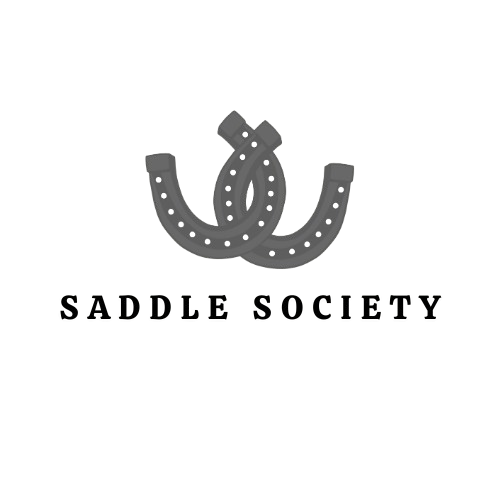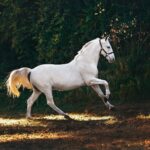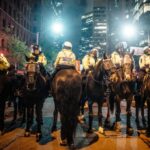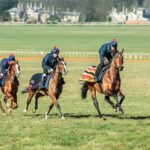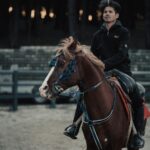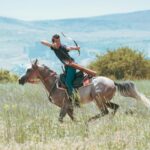Throughout history, riding royal steeds has symbolized power, prestige, and the pinnacle of equestrian excellence. From the majestic Lipizzaners of the Habsburg Empire to the gleaming Marwari horses of Indian maharajas, royal steeds have carried monarchs, nobles, and military leaders into battle, ceremonies, and the pages of history. This comprehensive guide explores the fascinating world of royal equitation, examining the distinctive breeds, specialized training methods, historical significance, and modern experiences available to those seeking to connect with this noble tradition. Whether you’re a seasoned equestrian or simply captivated by the regal elegance of these magnificent animals, prepare to discover the time-honored art of royal steed riding.
The Historical Significance of Royal Steeds
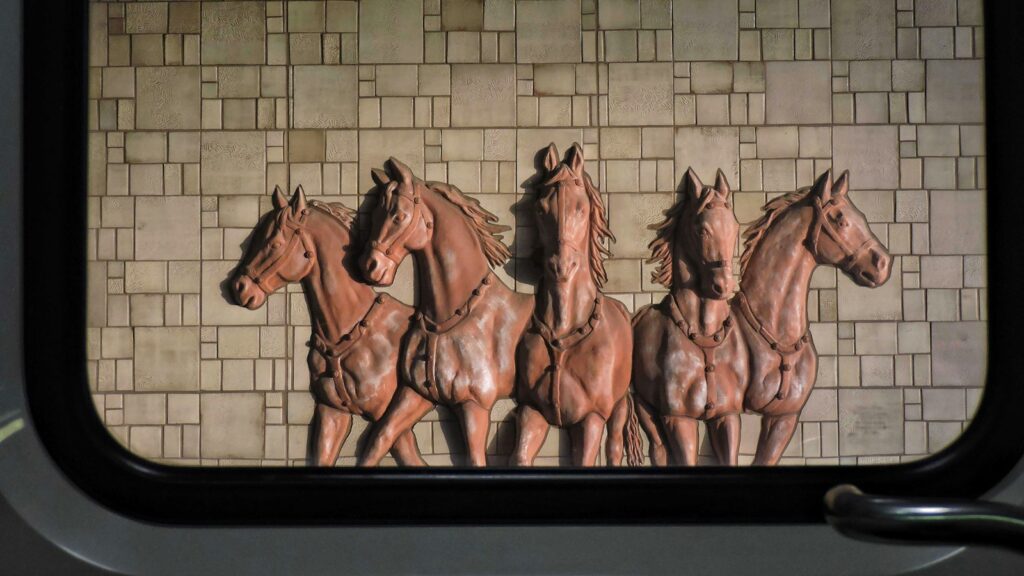
Royal steeds have played a pivotal role in shaping world history, serving as living symbols of power that could elevate a ruler’s status mere presence. Throughout ancient civilizations like Egypt, Persia, and Rome, the quality of a monarch’s horses directly reflected their political influence and wealth, with specially bred steeds becoming extensions of royal identity. Medieval European courts developed elaborate ceremonies centered around royal mounts, where a king’s ability to master a powerful stallion demonstrated his divine right to rule over men. The relationship between royalty and their horses transcended utility, evolving into carefully documented bloodlines that were protected as zealously as the royal family’s own lineage, with some dynasties maintaining the same equine bloodlines for centuries alongside their human counterparts.
Distinguished Breeds of Royal Heritage
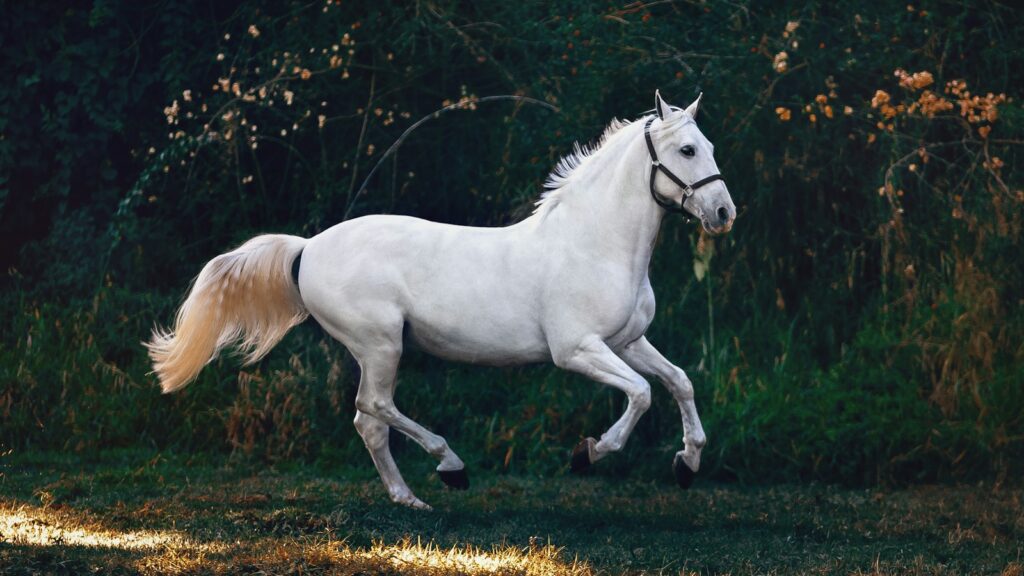
The Lipizzaner horses, with their gleaming white coats and extraordinary athleticism, have served European royalty since the 16th century and remain the living embodiment of the Spanish Riding School’s classical dressage tradition. The Arabian horse, perhaps the most influential royal breed globally, was treasured by Bedouin sheiks and European monarchs alike for its distinctive dish-faced profile, endurance, and intelligence that made these horses living treasures worth more than gold. England’s Thoroughbreds developed under royal patronage, particularly from the Stuart and Hanoverian dynasties, who established racing as “the sport of kings” and created breeding programs that would revolutionize equine genetics worldwide. The Marwari horses of India, identified by their unique inward-curving ears, were bred exclusively for Rajput warriors and royalty, with their bloodlines so protected that for centuries they could not be purchased by commoners under any circumstances.
The Art of Royal Equitation
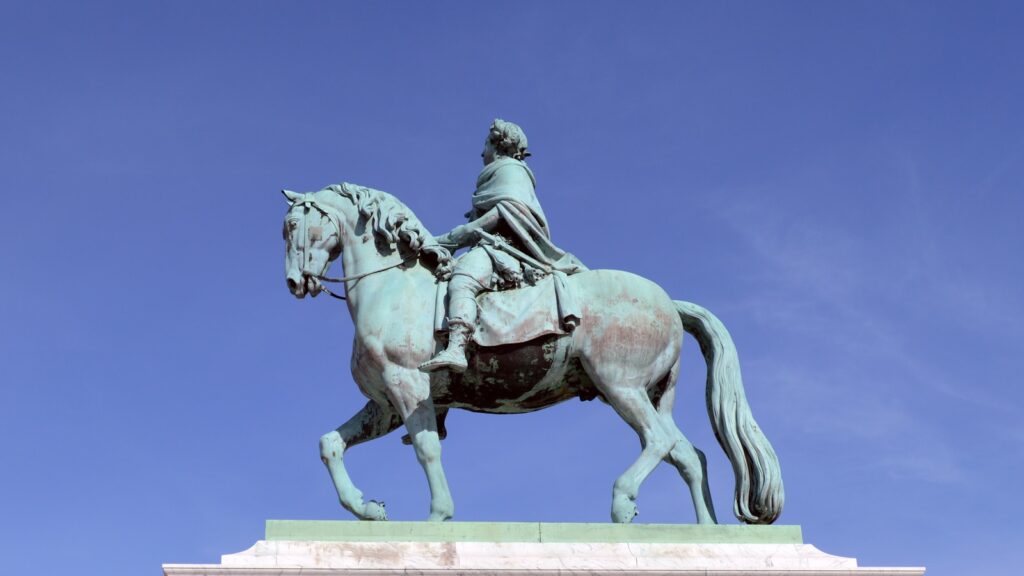
Royal equitation developed as a distinct discipline far beyond ordinary horsemanship, encompassing formalized methods designed to showcase both horse and rider’s mutual excellence. The haute école or “high school” movements practiced at royal courts required years of progressive training, producing horses capable of performing airs above the ground—spectacular leaps and movements once practical for battlefield advantage but preserved as artistic expressions. Royal riders were expected to maintain perfect position while guiding their mounts through complex maneuvers using nearly invisible aids, demonstrating complete harmony that suggested the horse moved by the mere thought of its noble rider. Training methodologies passed through generations of royal riding masters created distinct national styles, such as the French école de Versailles, the Austrian-Hungarian tradition, and the Spanish escuela jineta, each reflecting cultural values and martial priorities of their respective courts.
Ceremonial Tack and Regalia
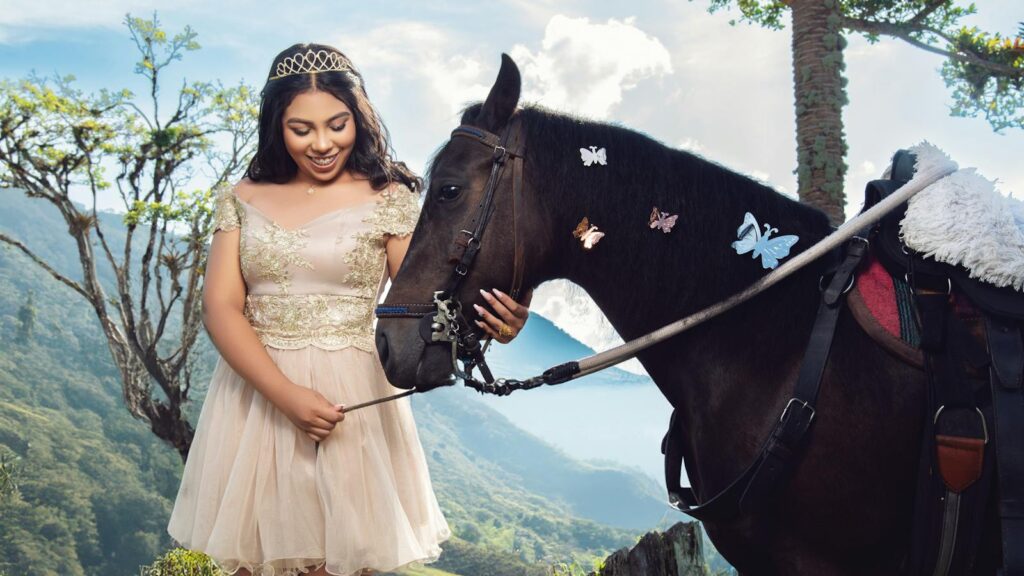
Royal equestrian equipment represents some of history’s most exquisite examples of craftsmanship, where functionality merges with spectacular artistic expression. Gold-embellished saddles, such as those created for Ottoman sultans, could require thousands of hours of master craftsmen’s work, incorporating precious gems, intricate metalwork, and symbolic motifs representing the ruler’s sovereignty. Ceremonial bridles often featured chains of office or symbolic elements—the British royal family’s horse furniture includes pieces bearing the iconic royal coat of arms that have been used across multiple centuries for coronations and state occasions. The specialized saddle cloths or shabraques used in royal processions were often works of art themselves, embroidered with dynastic symbols, campaign honors, or royal monograms that identified the rider’s lineage and authority from considerable distances. In many cases, the weight of gold, silver, and jewels adorning a royal steed during major ceremonies could exceed thirty pounds, requiring specially conditioned horses capable of carrying this burden with dignity and grace.
Training Methods for Royal Mounts
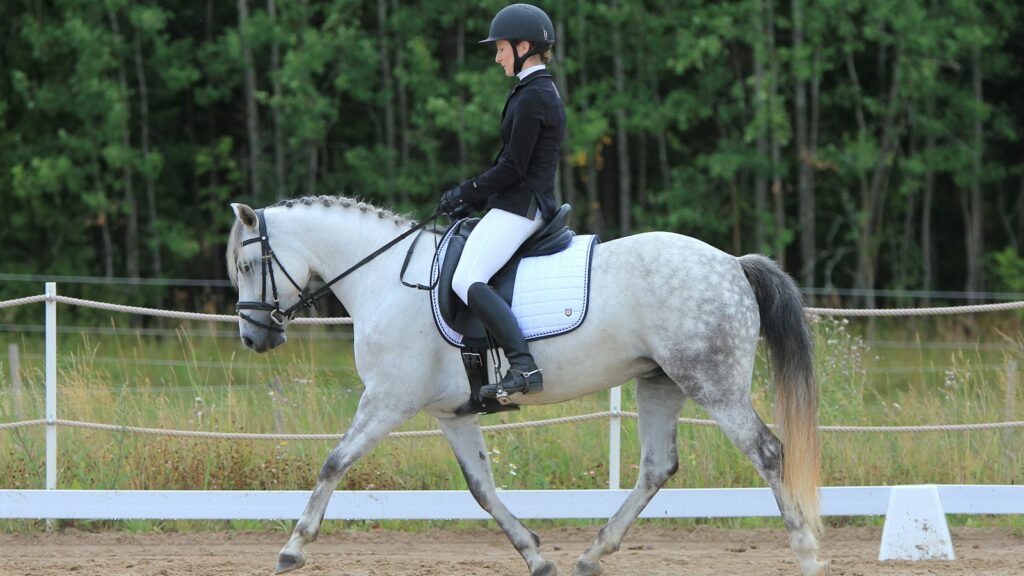
Royal steeds undergo exceptionally rigorous selection processes from birth, with potential royal mounts identified for their perfect conformation, exceptional temperament, and natural presence long before training begins. The classical training pyramid remains fundamental to developing royal horses, progressing methodically through relaxation, rhythm, contact, impulsion, straightness, and finally collection—a process that typically requires 6-10 years rather than the abbreviated training of ordinary riding horses. Specialized desensitization prepares these horses for ceremonial duties, gradually introducing them to flags, music, gunfire, and crowds through carefully orchestrated exposures that build confidence without creating fear responses. Modern royal stables, such as those maintaining the British Royal Mews or the Spanish Royal Stables, balance historical tradition with contemporary understanding of equine behavior and biomechanics, creating training programs that preserve centuries of knowledge while incorporating scientific advances in equine welfare.
The Spiritual Connection Between Royalty and Horses
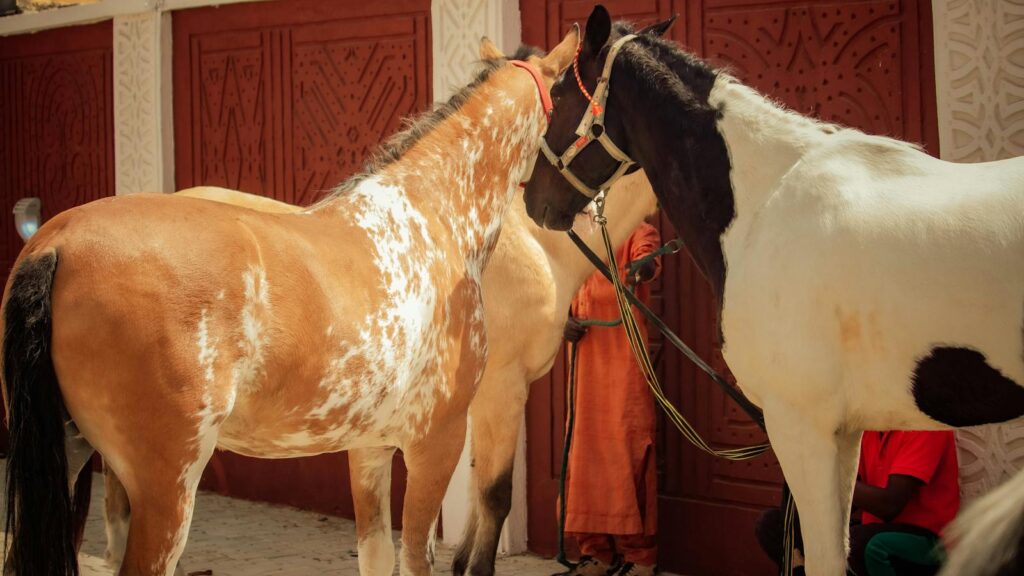
Throughout history, many royal houses believed their divine right to rule extended to a mystical connection with their horses, viewing exceptional equestrian skill as confirmation of heaven’s favor. Sacred white horses played central roles in coronation rituals across cultures, from ancient Persian kings who followed white horses to determine divine will to Japanese emperors who maintained sacred white horses at Shinto shrines as living connections to the gods. Medieval European monarchs often had their favorite war horses buried with honors comparable to human nobles, sometimes including monuments and epitaphs commemorating these animals as extension of royal power. This spiritual dimension transformed royal equitation beyond mere transportation or military necessity into a form of ritual movement—the mounted king or queen embodying the perfect union of divine authority, human leadership, and natural power in a single, magnificent presentation.
Royal Riding Etiquette and Protocol
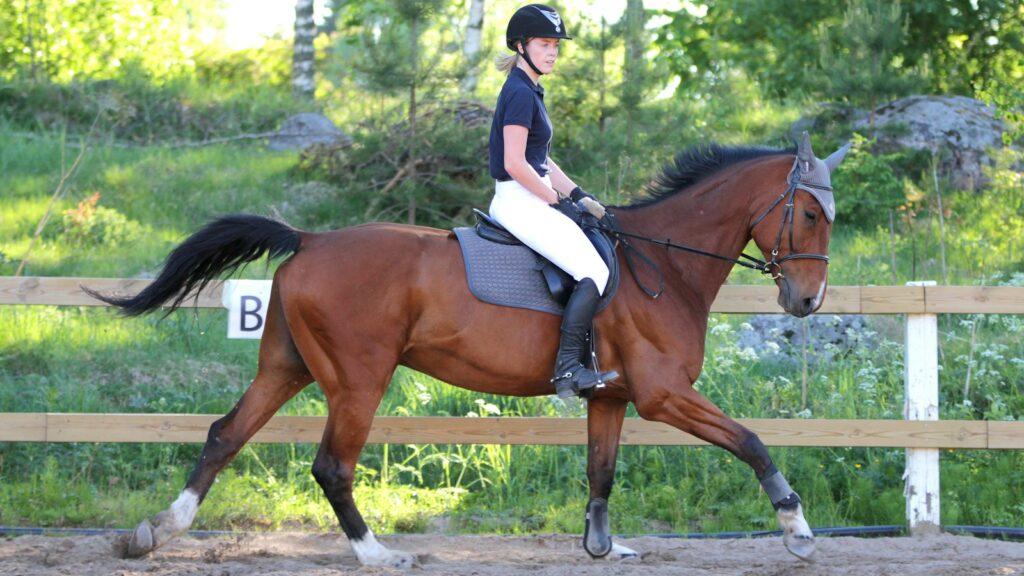
The protocols surrounding royal equestrian activities developed elaborate rules that reinforced social hierarchies, with strict regulations determining who could ride in a monarch’s presence and at what distance they must maintain. Historical court records document precise requirements for accompanying royalty on horseback, including prohibitions against overtaking the sovereign, crossing their path, or turning one’s back on them even while mounted—violations could result in serious consequences from banishment to imprisonment. Mounting and dismounting a royal steed involved ceremonial assistance, with designated courtiers responsible for holding stirrups or offering mounting blocks, creating ritualized moments that emphasized the exalted status of the royal rider. Even today, formal traditions persist in royal equestrian settings, with specific dress codes, forms of address, and behavioral expectations required when participating in events attended by mounted royalty, particularly in countries with active monarchies like the United Kingdom, Morocco, Jordan, and Thailand.
Experiencing Royal Equitation Today
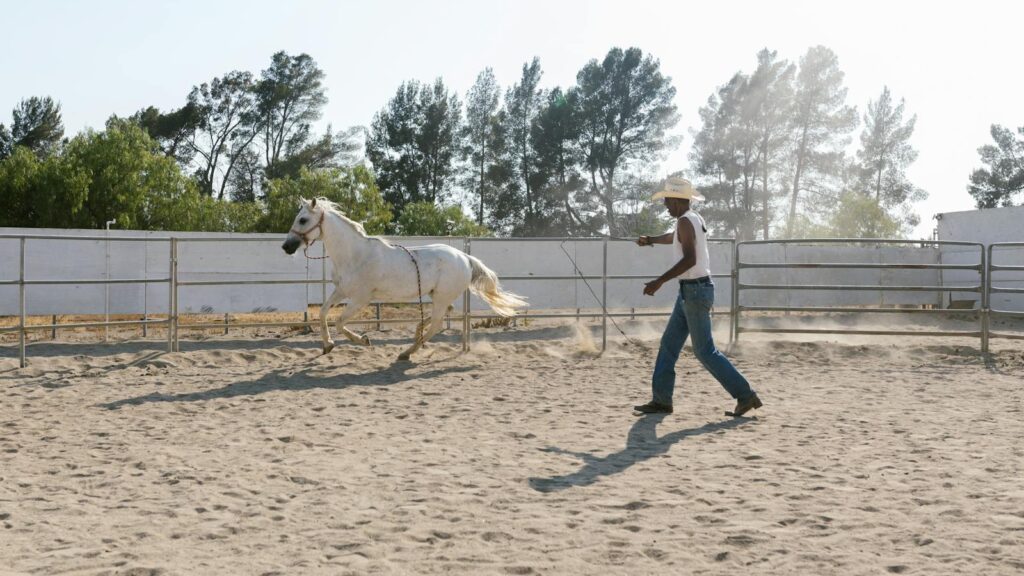
Modern enthusiasts can experience aspects of royal equitation through institutions that preserve these traditions, such as Vienna’s Spanish Riding School, where the performance of the white Lipizzaner stallions continues nearly identical routines developed for the Habsburg emperors. Several royal stables offer educational programs that teach classical riding techniques, including Portugal’s School of Equestrian Art in the former royal palace at Queluz, where riders still perform in 18th-century court dress aboard Lusitano horses descended from royal bloodlines. Historical riding tours through former royal hunting forests and estates provide immersive experiences, particularly at France’s Château de Chambord or England’s Hampton Court, where riders follow ancient bridle paths once exclusive to nobility. Specialized equestrian vacation packages now offer opportunities to ride horses from royal breeding programs, stay in former royal hunting lodges, and learn from instructors trained in classical traditions, creating accessible entry points to this once-exclusive world.
Royal Riding Attire Through the Ages
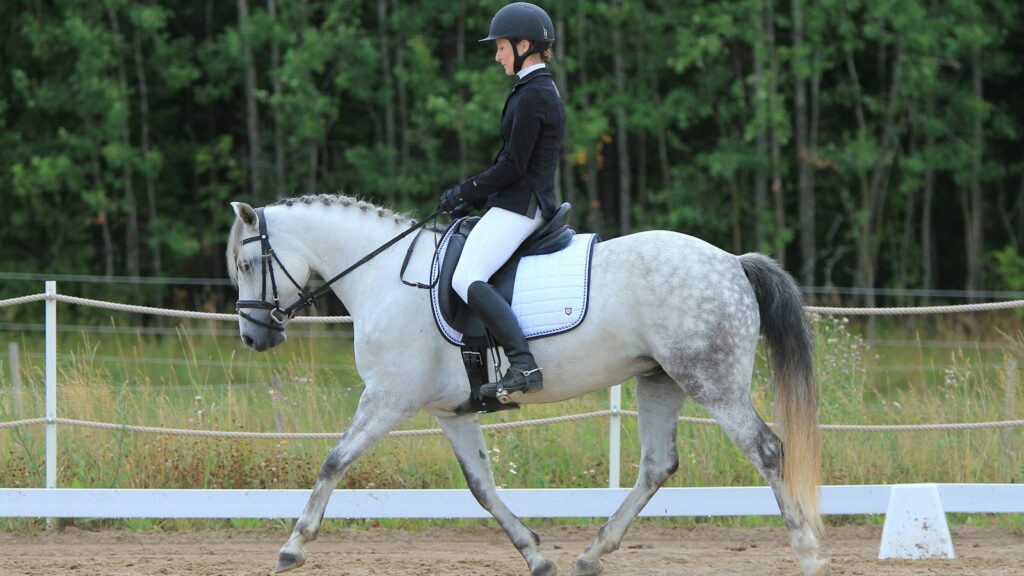
Royal riding attire evolved as a distinct fashion category, balancing practical requirements with extravagant statements of status that influenced broader clothing trends beyond the stables. Portrait galleries throughout Europe document the development of specialized riding clothes for monarchs, from Henry VIII’s broad-shouldered, leg-revealing riding costumes to Queen Elizabeth I’s adapted masculine riding habits that made political statements about her authority in a male-dominated world. Military-inspired elements dominated royal riding wear from the 17th through 19th centuries, with monarchs like Frederick the Great of Prussia designing uniforms that would both function on horseback and create a distinctive royal silhouette recognizable at great distances during battles or reviews. Contemporary royals maintain certain traditional elements while adapting to modern equestrian safety standards, with Britain’s Queen Elizabeth II notably riding in her distinctive headscarves rather than helmets well into her 90s—a sartorial choice that visually connected her to historical royal riding traditions while asserting her exceptional status.
Military Traditions and the Royal Cavalry
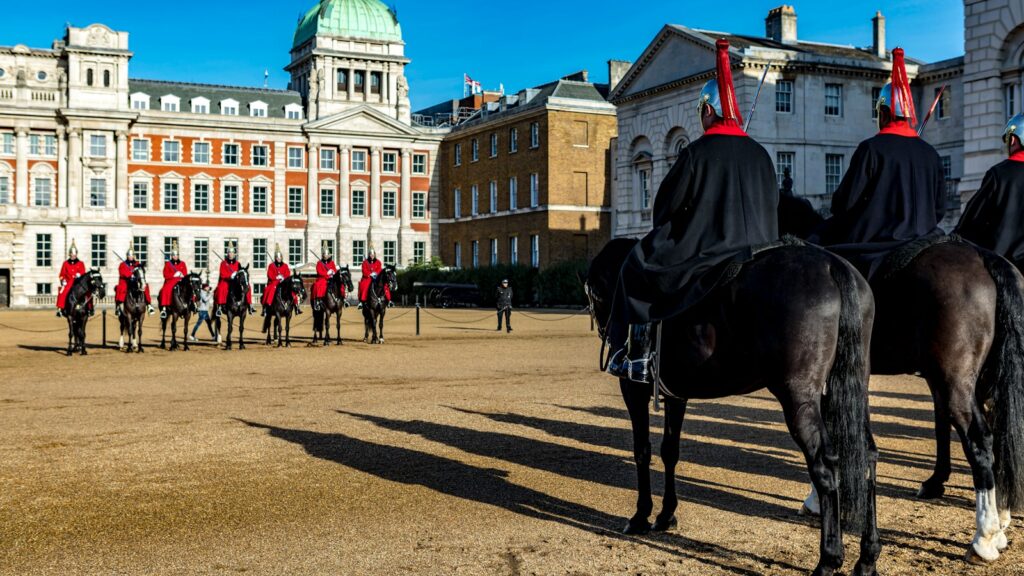
Royal cavalry units represent some of the world’s oldest continuously operating military organizations, maintaining traditions that connect modern ceremonial functions with battlefield heritage dating back centuries. The British Household Cavalry, comprising the Life Guards and Blues and Royals, serves as both functional military units and ceremonial escorts for the sovereign, with troopers mastering both modern mechanized warfare and historical mounted drill used for state occasions. Royal stables historically maintained specialized breeding programs for different cavalry purposes, including heavy chargers for armored knights, light horses for reconnaissance, and medium cavalry mounts that balanced speed with carrying capacity. The relationship between royalty and cavalry created distinctive military cultures that often transcended other army branches, with royal cavalry officers enjoying privileged access to court functions, specialized training, and unique uniforms that reflected their proximity to sovereign power—traditions that continue in ceremonial units like Spain’s Royal Guard, Jordan’s Royal Mounted Police, and Morocco’s Royal Guard Cavalry.
Competitive Royal Equestrianism
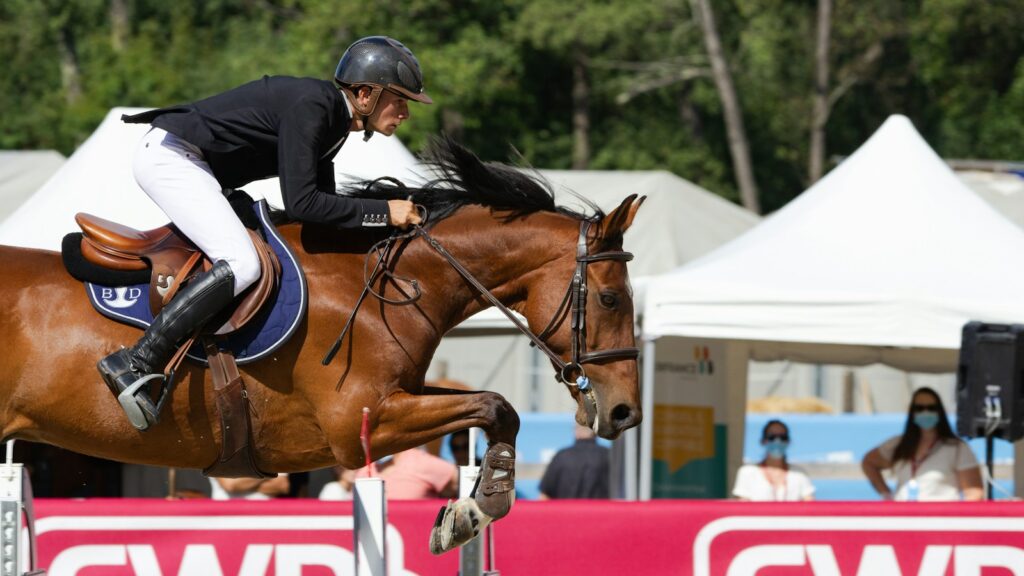
Royal families have significantly shaped competitive equestrian sports, often serving as both patrons and participants in events ranging from racing to Olympic disciplines. The modern Olympic equestrian events owe much to military competitions designed for cavalry officers, which were enthusiastically supported by European royalty seeking to maintain military riding skills during peacetime. Several members of royal families have achieved Olympic success, most notably Princess Anne of the United Kingdom, who competed in the 1976 Montreal Games, and her daughter Zara Tindall, who won silver at the 2012 London Olympics, demonstrating the continuing royal commitment to equestrian excellence. Royal patronage remains crucial to prestigious competitions like Royal Ascot, the Royal Windsor Horse Show, and Morocco’s Royal Tbourida, where traditional fantasy riding displays receive direct support from the monarchy. Beyond competition, many royal family members maintain active roles in equestrian governance, serving on international federations that establish rules and standards for global horse sports.
Royal Stud Farms and Breeding Programs
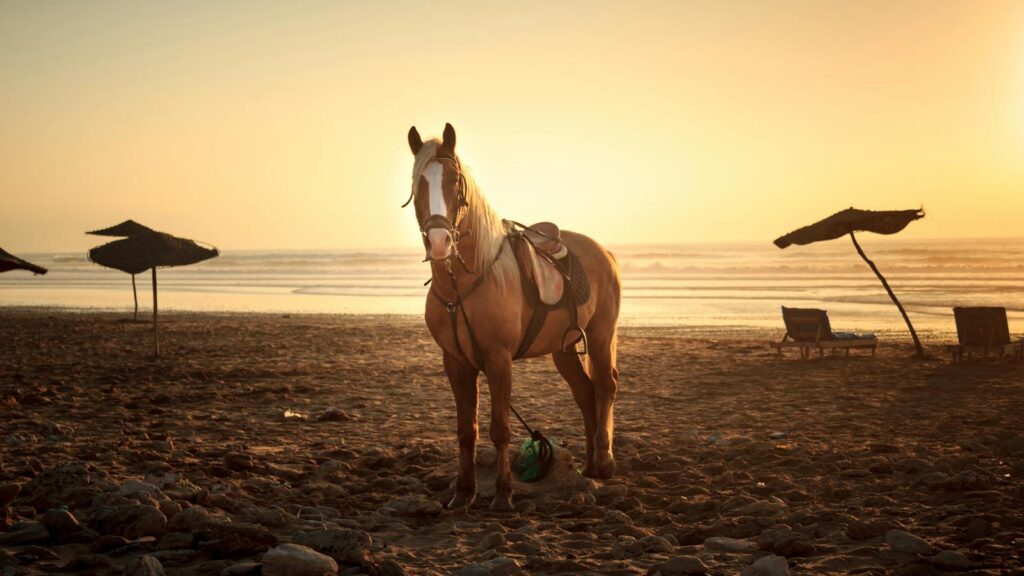
Royal stud farms represent some of the world’s oldest continuous breeding operations, with institutions like the Spanish Royal Stud at Jerez tracing its origins to 1567 and maintaining meticulous bloodline records that predate most private breeding operations by centuries. The strategic importance of royal studs extended beyond ceremony, as they often functioned as national resources designed to improve domestic horse breeding through carefully controlled access to superior stallions, a system that effectively created national equine improvement programs under royal oversight. Historical royal studs operated as self-contained communities with specialized staff hierarchies, including stud masters, grooms, riders, veterinarians, and genetic specialists who collectively maintained valuable equine bloodlines even through wars, revolutions, and dynastic changes. Several modern royal breeding programs, including those of Queen Elizabeth II (Thoroughbreds and Fell ponies), Thailand’s Royal Stable (white elephants and ceremonial horses), and Morocco’s Royal Arabian program, continue this tradition of excellence while incorporating contemporary genetic science and welfare standards.
Preserving the Legacy of Royal Equitation
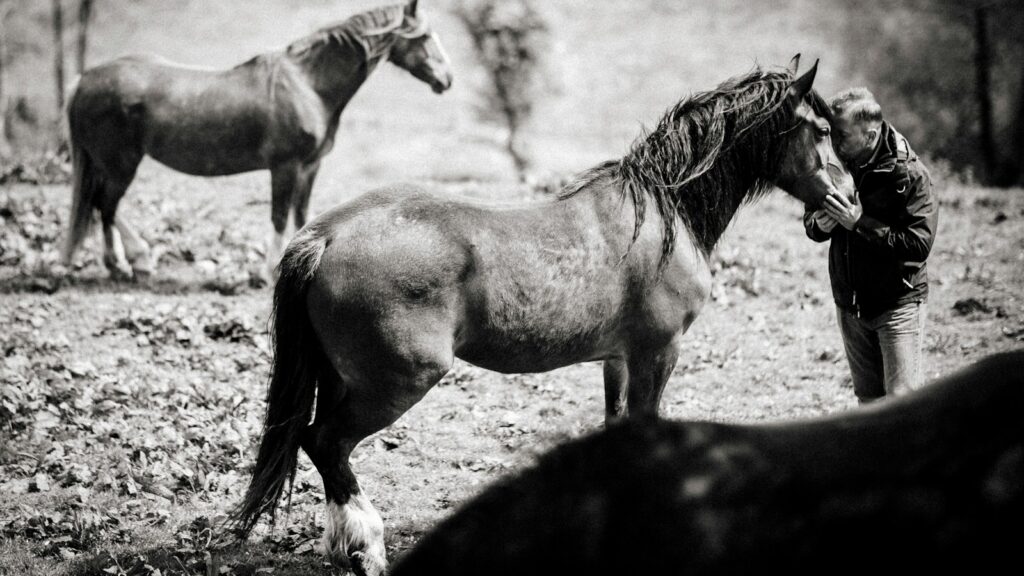
The preservation of royal equestrian traditions faces significant challenges in the modern era, requiring dedicated institutional support to maintain specialized knowledge that might otherwise disappear with aging masters. Museums dedicated to royal equitation, such as the Royal Andalusian School of Equestrian Art in Spain and the Royal Stables Museum in Morocco, play crucial roles in documenting and preserving physical artifacts, training methodologies, and cultural contexts that provide a complete picture of these historical practices. Digital preservation initiatives have begun cataloging historical manuals, royal stable records, and training methodologies, creating accessible archives for researchers and practitioners working to maintain authentic traditions. Contemporary classical riding academies around the world serve as living repositories of royal equitation practices, where traditional methods are taught to new generations through direct transmission from masters to students, ensuring that these refined techniques survive beyond written records into embodied knowledge.
Conclusion
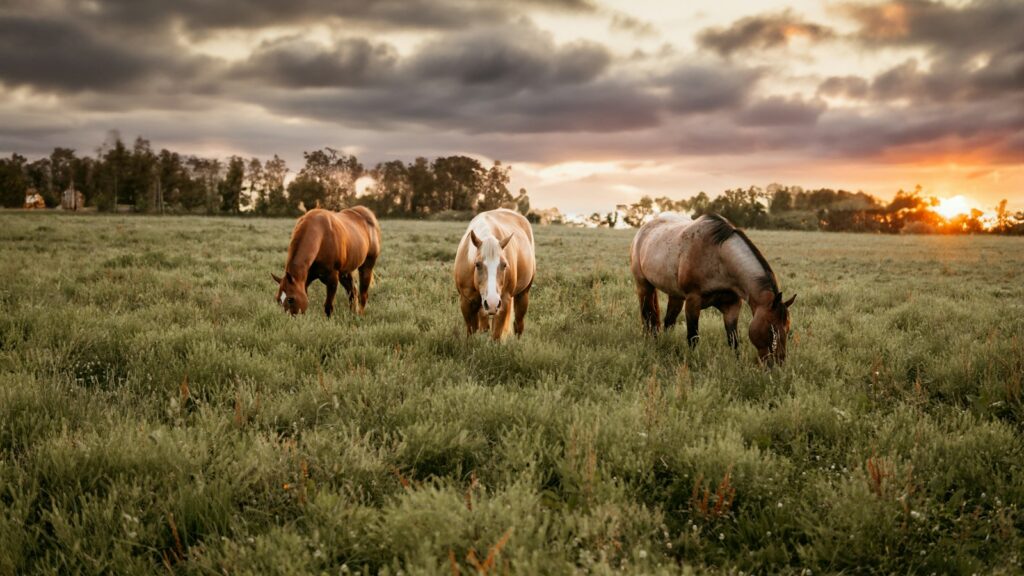
The tradition of royal steed riding represents far more than a historical curiosity—it embodies centuries of refined horsemanship, cultural significance, and the unique relationship between humans and horses at the highest levels of society. As we’ve explored throughout this guide, these traditions continue to influence modern equestrian practices while offering glimpses into the past when the quality of a monarch’s mount directly reflected their power and prestige. Though few will ride with gold-embellished saddles or command cavalry charges, the principles of balance, communication, and harmony developed in royal riding academies remain relevant to all who appreciate fine horsemanship. By understanding and preserving these traditions, we maintain connection with an equestrian heritage that has shaped history, art, and our continuing fascination with these magnificent animals and the royal riders who elevated horsemanship to an art form.
